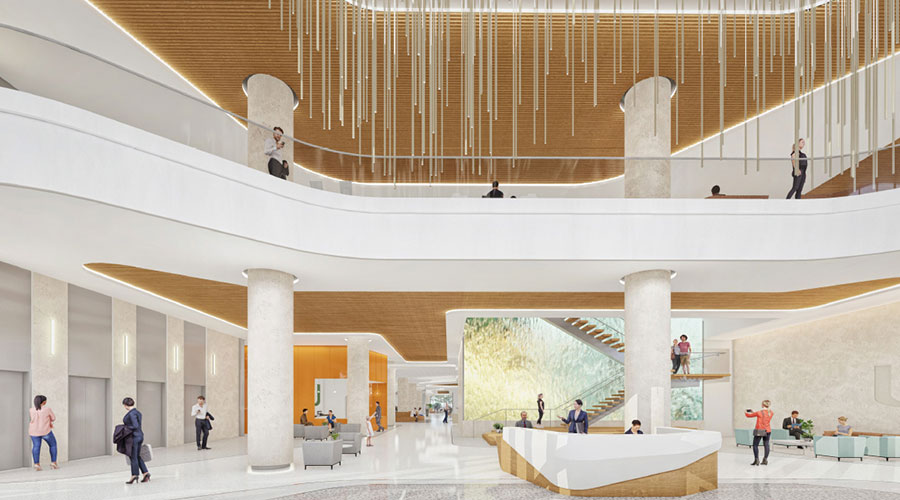Planning new healthcare buildings is a massive undertaking. Everyone needs to join the project with the same goal in mind: creating the best facility to care for future patients. With so many elements to consider, planning for what the future may look like can be overlooked. Fortunately, more designers are approaching hospitals and other healthcare facilities with future-proofing in mind.
Healthcare Facilities Today recently spoke with Kathy A. LaGro, principal of Arcadis on how designers can make stylistic choices that appeal for today’s patients and the future.
HFT: How do you design resilience in the face of climate change and pandemics?
Kathy A. LaGro: It’s important to prioritize robust infrastructure, sustainable materials and reliable supply chains to ensure healthcare facilities remain resilient against extreme weather events and public health crises. Intelligent building controls also play a crucial role in maintaining operations during disruptions, ensuring continuous and uninterrupted patient care. It is necessary to create spaces of respite for staff so they can reinvigorate to provide the highest quality of care to the patients.
HFT: How do you incorporate wellness-focused design for healthcare workers?
LaGro: Supporting healthcare workers is just as important as patient care. With that in mind, we integrate wellness-focused spaces, such as relaxation areas, access to natural light, and enhanced air quality. AI-driven administrative support also helps reduce workload stress, allowing staff to focus on patient care.
HFT: How do you design healthcare facilities that are accessible and inclusive?
LaGro: Accessibility and inclusivity are at the core of our designs. We implement universal design principles so all patients, including those with disabilities, can navigate spaces with ease. Clear wayfinding, adaptable patient rooms, and barrier-free layouts make healthcare facilities welcoming and navigable for everyone.
HFT: What role does community engagement play in your healthcare projects?
LaGro: Community engagement plays a huge role in healthcare projects and is a vital part of our process. We actively seek input from local communities to ensure our designs align with public health needs and demographic trends. This approach earns trust and results in healthcare spaces that are thoughtfully designed for the people they serve.
Mackenna Moralez is the associate editor of the facilities market and the host of the Facilities in Focus podcast.

 Hand, Foot and Mouth Disease on the Rise
Hand, Foot and Mouth Disease on the Rise Preparing for the Hazards of Winter Weather
Preparing for the Hazards of Winter Weather BayCare Reveals Pagidipati Children's Hospital at St. Joseph's
BayCare Reveals Pagidipati Children's Hospital at St. Joseph's Why Identity Governance Is Becoming a Facilities Management Issue
Why Identity Governance Is Becoming a Facilities Management Issue Habitat Health Opens South Los Angeles PACE Center
Habitat Health Opens South Los Angeles PACE Center